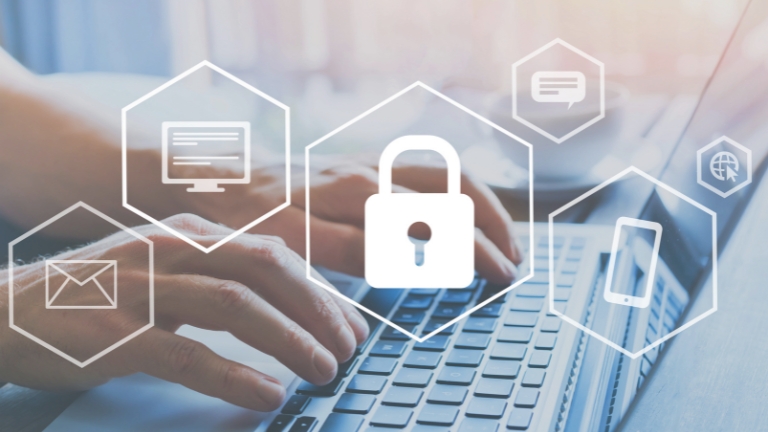
What is Cybersecurity?: Protecting Your Digital Assets
In today’s world, the internet is a crucial part of our daily lives. We use it for communication, online shopping, banking, and social networking. However, with this increased dependence on the internet comes the increased risk of cyber threats. Cybercriminals are constantly developing new tactics to steal our personal information, such as passwords, credit card details, and other sensitive data. This is where cybersecurity comes in.
Contents
What is Cybersecurity?
Cybersecurity refers to the practice of protecting digital assets such as computers, mobile devices, servers, networks, and electronic data from unauthorized access, theft, or damage. It involves using various security measures to ensure the confidentiality, integrity, and availability of digital assets.
Why is Cybersecurity Important?
Cybersecurity is important for several reasons. Firstly, it helps protect sensitive data from cybercriminals who can use it for identity theft, fraud, or other malicious purposes. Secondly, it helps prevent cyberattacks that can cause damage to critical infrastructure, such as power grids, water systems, and financial institutions. Thirdly, it helps maintain the trust of customers, stakeholders, and partners by ensuring that their personal and business data is secure.
Types of Cybersecurity Threats
There are several types of cybersecurity threats that individuals and organizations should be aware of. These include:
- Malware – malicious software that can infect your computer and steal your personal information or damage your system.
- Phishing – a type of social engineering where cybercriminals trick you into revealing your sensitive information by posing as a trusted source.
- Ransomware – a type of malware that can encrypt your files and demand a ransom in exchange for the decryption key.
- DDoS attacks – Distributed Denial of Service (DDoS) attacks can overwhelm a server or network with a flood of traffic, causing it to crash or become unavailable.
- Insider threats – threats posed by insiders, such as employees, contractors, or partners who have access to sensitive data.
Cybersecurity Best Practices
To protect your digital assets, there are several cybersecurity best practices that you should follow. These include:
- Use strong passwords – use complex passwords that are difficult to guess or crack. Consider using a password manager to securely store and manage your passwords.
- Keep your software up to date – keep your operating system, antivirus software, and other applications up to date to ensure they have the latest security patches.
- Use encryption – use encryption to protect your sensitive data, such as credit card details or passwords.
- Be cautious of suspicious emails and links – be wary of emails or links that ask for your personal information or download files or attachments from unknown sources.
- Backup your data – regularly backup your important data to an external hard drive or cloud storage service.
Conclusion
Cybersecurity is essential for protecting your digital assets from cyber threats. By understanding the types of threats and following cybersecurity best practices, you can safeguard your personal and business data from unauthorized access, theft, or damage. Remember, cybersecurity is not a one-time event but a continuous process that requires ongoing vigilance and effort.
